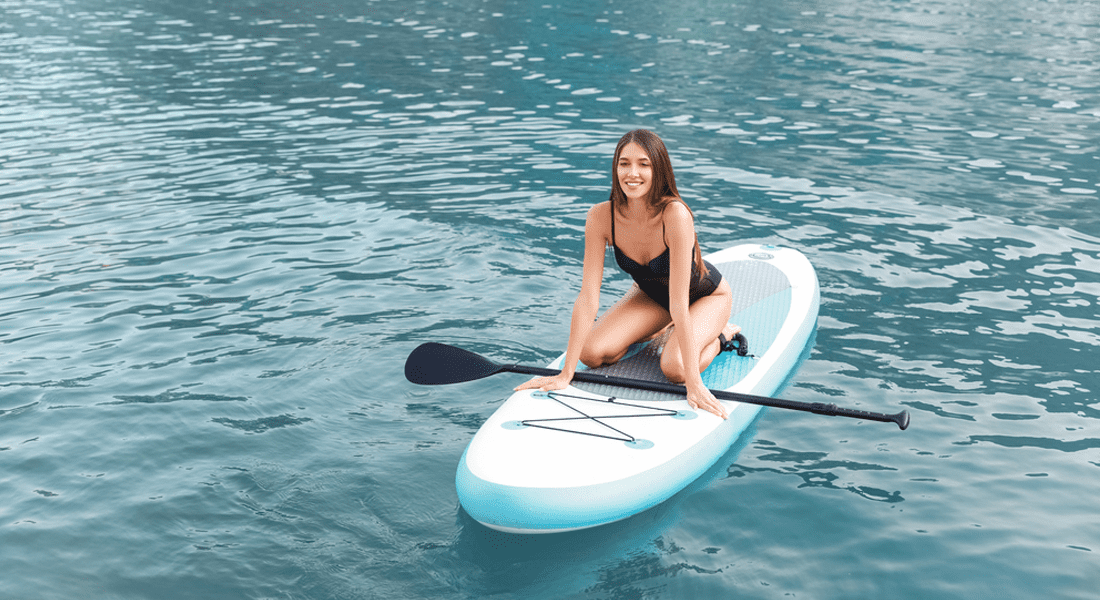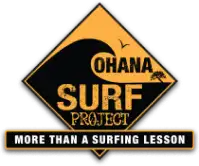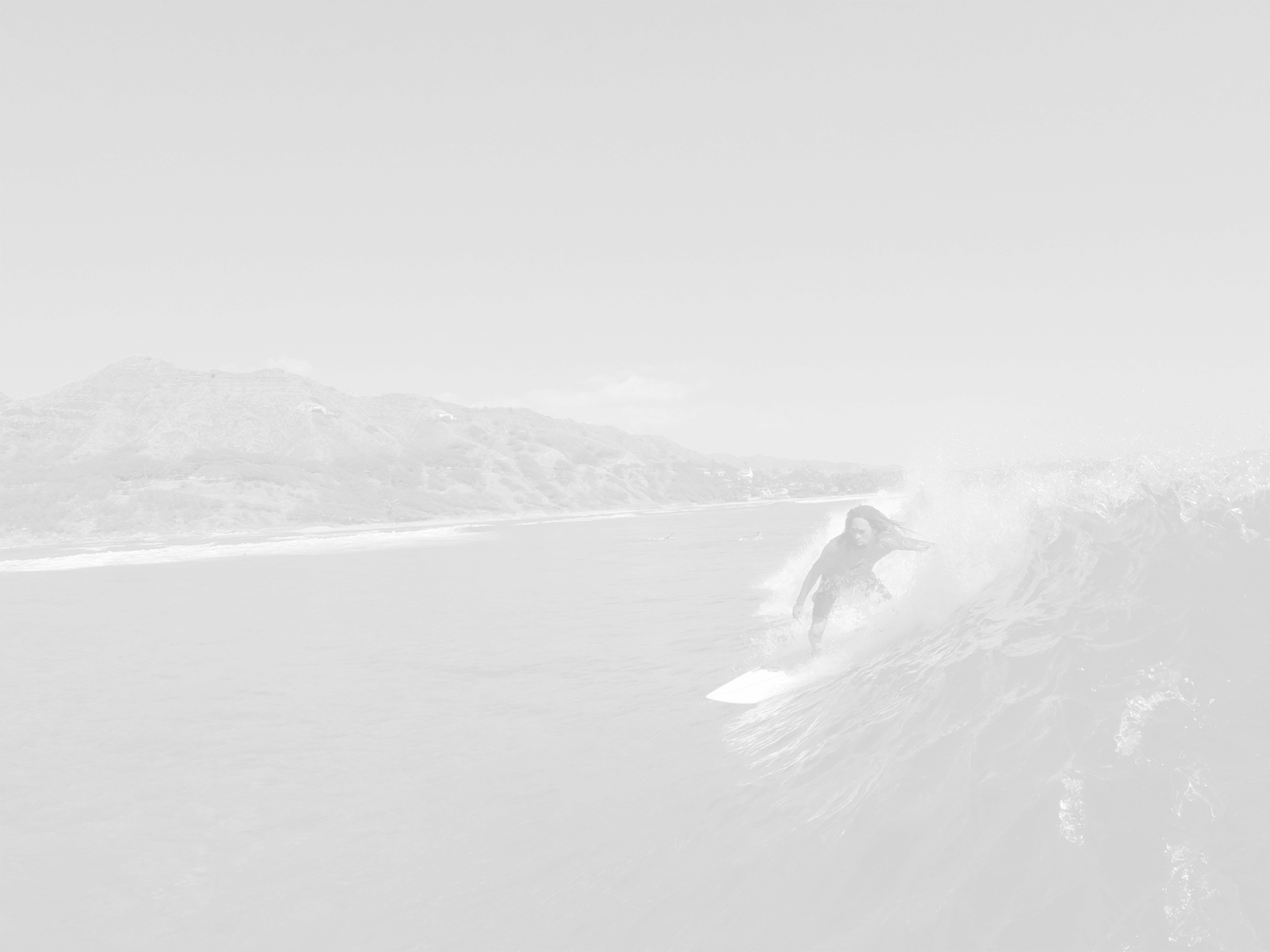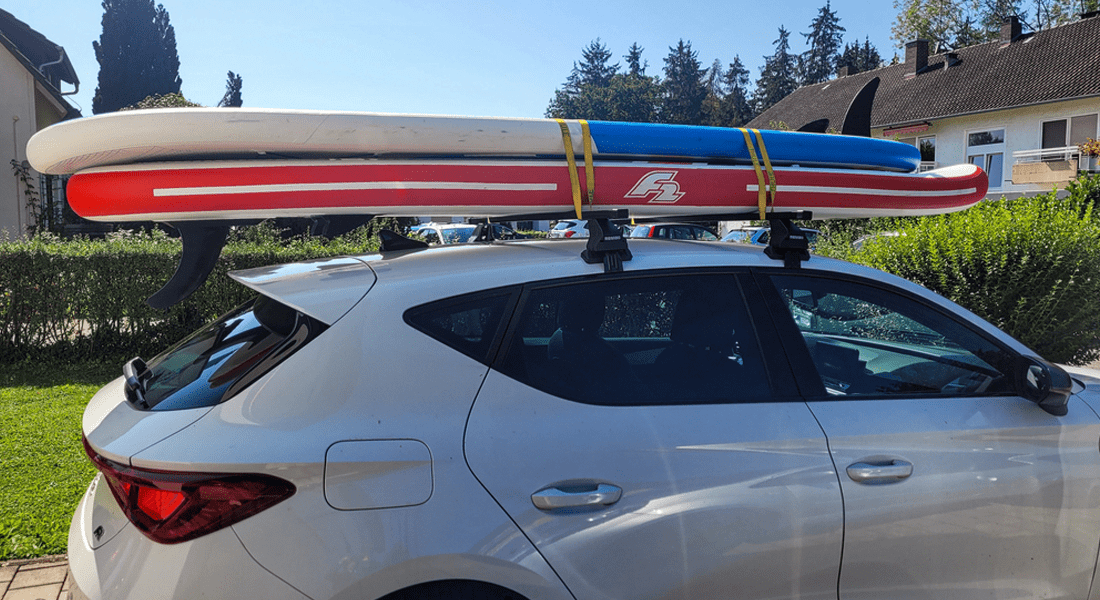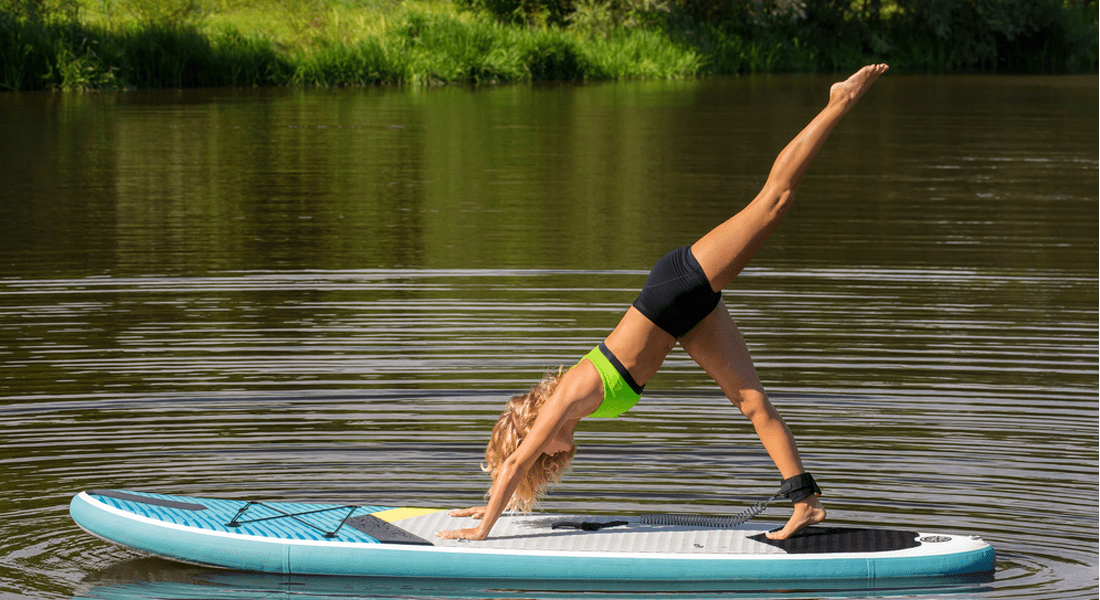Blog
How To Duck Dive And Ride The Waves Smoothly
Navigating through powerful waves can be challenging, but mastering the duck dive is essential for any surfer who wants to reach the lineup efficiently. Duck diving allows you to push your surfboard beneath the oncoming waves, avoiding being washed back toward the shore. Let's explore the basics of
how to duck dive, including the step-by-step instructions, and share tips to improve your technique. Whether you're new to surfing or looking to refine your skills, understanding this technique will enhance your experience in the water.
Understanding Duck Diving
Duck diving is crucial for penetrating waves that would otherwise push you back toward the shore, making it an essential skill for surfers who need to reach the lineup quickly and efficiently. This technique is more than just physical—it requires excellent timing and an understanding of the sea's rhythms.
The perfect duck dive happens when you time your submersion to occur just before the wave breaks over you, allowing the water's force to pass above while you glide underneath. In this section, we'll explore how to identify the optimal timing for your duck dive, considering factors like wave size and your approach speed.
Choosing the Right Surfboard
Successful duck diving begins with the right equipment. While most experienced surfers prefer shortboards for their easier maneuverability under waves, the type of surfboard you use can significantly impact your ability to perform a duck dive. Shortboards are ideal due to their reduced buoyancy and size, which make them easier to submerge.
On the other hand, longboards and foam boards pose a greater challenge because of their larger size and higher buoyancy. In this section, we'll discuss the best surfboard attributes for effective duck diving and what modifications you can consider if your current board isn't ideal. This knowledge will help you
select the right board or adapt your technique to match the board you already own.
The Positioning
Proper positioning on your surfboard is fundamental to executing an effective duck dive. It starts with lying flat on the board with your chest positioned just behind the midpoint to keep the nose slightly elevated. Your hands should be placed firmly on the rails slightly above the chest, as this will give you the leverage needed to push the board underwater.
Your body's alignment and distribution of weight are critical—too far forward, and you risk pushing the nose too deep, making it hard to recover; too far back, and the board won't submerge enough. We will delve into the nuances of body placement and how to adjust your weight during the dive to maximize control and efficiency.
The Push Down
Executing the push-down effectively is the most critical part of the duck dive. This motion starts with a strong downward thrust of the arms, driving the nose of the board under the surface. Following this, you should utilize either your knee (on shorter boards) or your foot (on longer boards) to depress the tail, allowing the rest of the board to follow smoothly underwater.
This maneuver requires a blend of strength, timing, and technique. We will break down each step, from the initial push to the full submersion, ensuring you understand how to distribute your force and use your body's weight to achieve the deepest and most efficient dive possible. This section aims to equip you with the skills to handle this dynamic movement seamlessly.
Sinking Under the Wave
Achieving the correct depth when you duck dive is crucial for allowing the wave to pass over you with minimal force. After submerging the board, it's vital to keep your body as close to the board as possible to maintain a streamlined form. This technique minimizes drag and allows you to move deeper and more quickly under the wave.
We'll explore strategies for maximizing your depth, such as angling the board slightly downward as you enter the water and using your hands to steer and stabilize. Additionally, we'll discuss how to monitor and respond to the water pressure changes you feel as the wave passes over, ensuring that you maintain control and position to resurface smoothly.
Resurfacing
Timing your resurfacing is as important as the dive itself. After the wave has passed, it’s essential to guide your board back to the surface in a controlled and timely manner to catch the next wave or continue paddling. You'll need to use a combination of arm strength and body motion to ascend effectively.
We'll provide detailed tips on how to coordinate your movements to push the board back up, including how to effectively use your legs and arms to regain your surface position without expending unnecessary energy. Understanding the dynamics of this phase will prevent surfacing too early or too late, keeping you well-positioned in the water for ongoing action.
Common Mistakes to Avoid
Many surfers, especially beginners, encounter several common errors while learning to duck dive. These include misjudging the timing of the wave, incorrect hand placement on the board, or insufficient depth during the dive. Each of these mistakes can reduce the effectiveness of your dive or even cause you to be pushed back by the wave.
In this section, we will cover these common pitfalls in detail and offer practical advice on how to avoid them. By recognizing and correcting these errors, you can enhance the efficiency of your duck dives and ensure a smoother transition through the surf.
Practicing Your Duck Dive
Like any complex physical skill, mastering the duck dive requires consistent practice. We recommend starting in smaller, less intimidating waves and gradually progressing to larger ones as your confidence and skill increase. This section will suggest specific drills and practice techniques that focus on different aspects of the duck dive, such as timing, depth control, and resurfacing.
Regular practice in varied conditions will help you fine-tune your technique and build the muscle memory needed for effective duck diving, enabling you to handle larger and more challenging waves as you improve.
Mastering how to duck dive is essential for advancing your surfing skills and enjoying your time in the water. With our guidance, you'll be able to navigate through waves smoothly and reach the lineup more efficiently, enhancing your overall surfing experience. Remember, practice makes perfect, and with dedication, you'll be duck diving like a pro in no time.
At Ohana Surf Project, we're dedicated to helping you improve every aspect of your
surfing skills, including mastering the duck dive. Our experienced and certified instructors provide personalized coaching, ensuring that you learn the techniques effectively and safely. Whether you're a beginner looking to understand the basics or an advanced surfer aiming to polish your skills, we have the expertise and resources to support your progression.
Contact us today, and let's dive into your surfing goals together. We're here to help you navigate the waves with confidence and fun!
